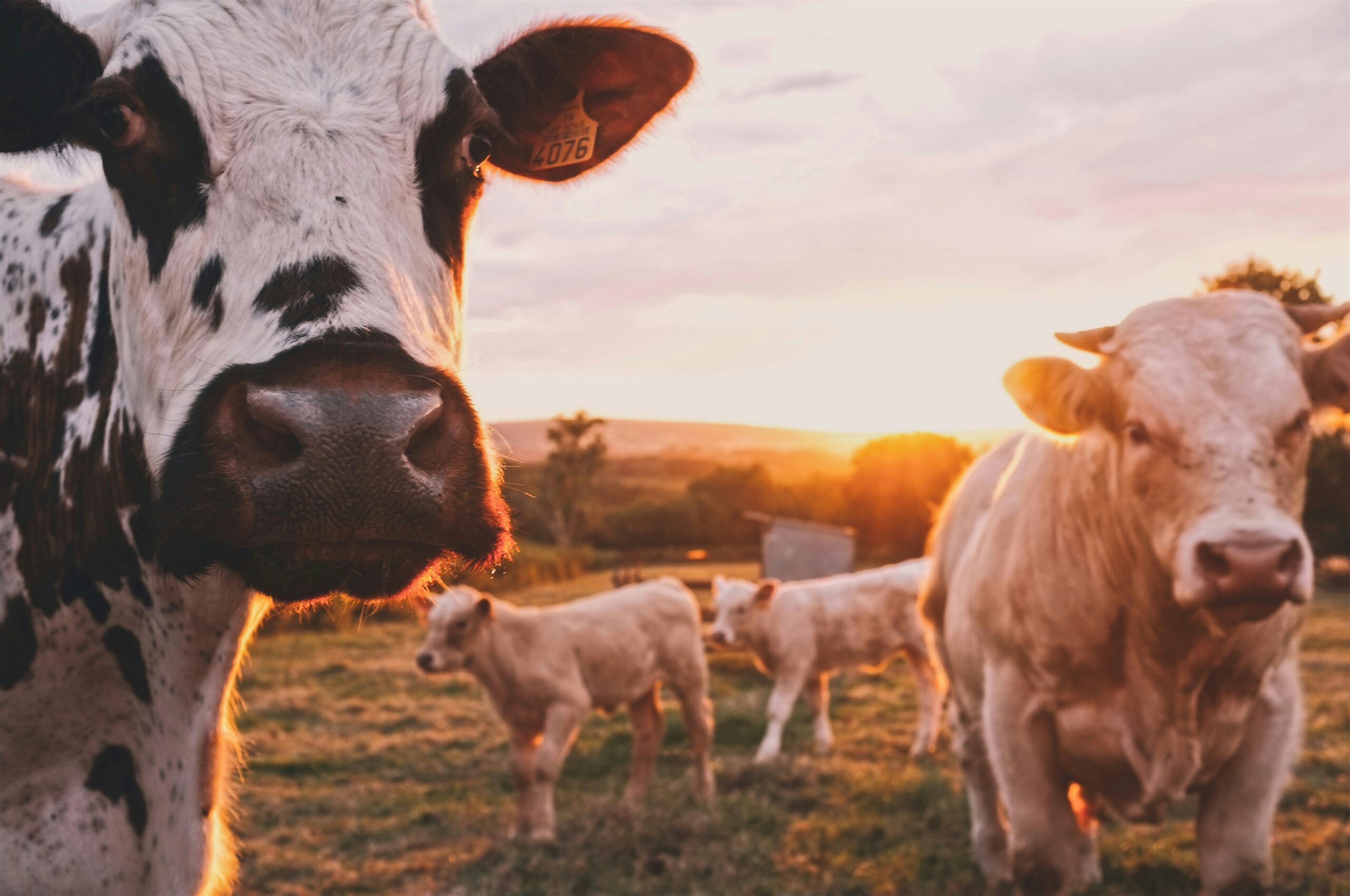Dairy Farmers at Risk for Bird Flu
Dairy farmers face a unique set of challenges when it comes to protecting their herds from diseases. One such disease that poses a significant threat is bird flu. Avian influenza, commonly known as bird flu, is a viral infection that primarily affects birds but can also spread to humans. It is essential for dairy farmers to take proactive measures to prevent the outbreak of bird flu and ensure the safety of their herds.
Understanding Bird Flu
Bird flu is caused by various strains of the influenza virus, primarily the H5N1 and H7N9 strains. It primarily affects birds, including chickens, ducks, and geese, but can also infect humans. The virus is highly contagious and spreads through direct contact with infected birds or their droppings. In some cases, it can also be transmitted through contaminated surfaces or objects.
While bird flu poses a significant threat to the poultry industry, dairy farmers are also at risk due to the potential for exposure to infected birds. The close proximity of dairy farms to poultry farms increases the chances of transmission, making it crucial for dairy farmers to implement preventive measures.
Preventing Bird Flu Outbreaks
There are several steps that dairy farmers can take to minimize the risk of bird flu outbreaks and protect their herds:
1. Biosecurity Measures
Implementing strict biosecurity measures is essential to prevent the introduction and spread of bird flu on dairy farms. This includes limiting access to the farm, ensuring proper sanitation and hygiene practices, and regularly monitoring the health of the herd. Dairy farmers should also avoid allowing wild birds or other animals near the farm, as they can act as carriers of the virus.
2. Vaccination
Vaccination is an effective preventive measure against bird flu. Dairy farmers should work closely with veterinarians to develop a vaccination program tailored to their specific herd. Regular vaccination can help build immunity and reduce the risk of infection.
3. Monitoring and Surveillance
Regular monitoring and surveillance are crucial for early detection of bird flu outbreaks. Dairy farmers should closely observe their herd for any signs of illness, such as respiratory distress, decreased egg production, or sudden death. Any unusual symptoms should be reported to the local veterinary authorities immediately.
In addition to monitoring the herd, dairy farmers should also stay informed about the bird flu situation in their region. This includes keeping track of any reported cases and following the guidelines and recommendations provided by the relevant authorities.
Response to Bird Flu Outbreaks
In the unfortunate event of a bird flu outbreak, dairy farmers should take immediate action to minimize the spread of the virus and protect their herds:
1. Quarantine
Infected or suspected birds should be immediately isolated and placed under quarantine. This helps prevent further transmission of the virus to healthy birds. The quarantine area should be properly secured and equipped with appropriate biosecurity measures.
2. Enhanced Biosecurity
During a bird flu outbreak, dairy farmers should reinforce their biosecurity measures to prevent the virus from spreading further. This includes restricting movement in and out of the farm, disinfecting equipment and vehicles, and maintaining strict hygiene protocols.
3. Collaboration with Authorities
Dairy farmers should collaborate closely with the local veterinary authorities and follow their guidance during a bird flu outbreak. This includes participating in surveillance programs, providing necessary information, and cooperating in the implementation of control measures.

